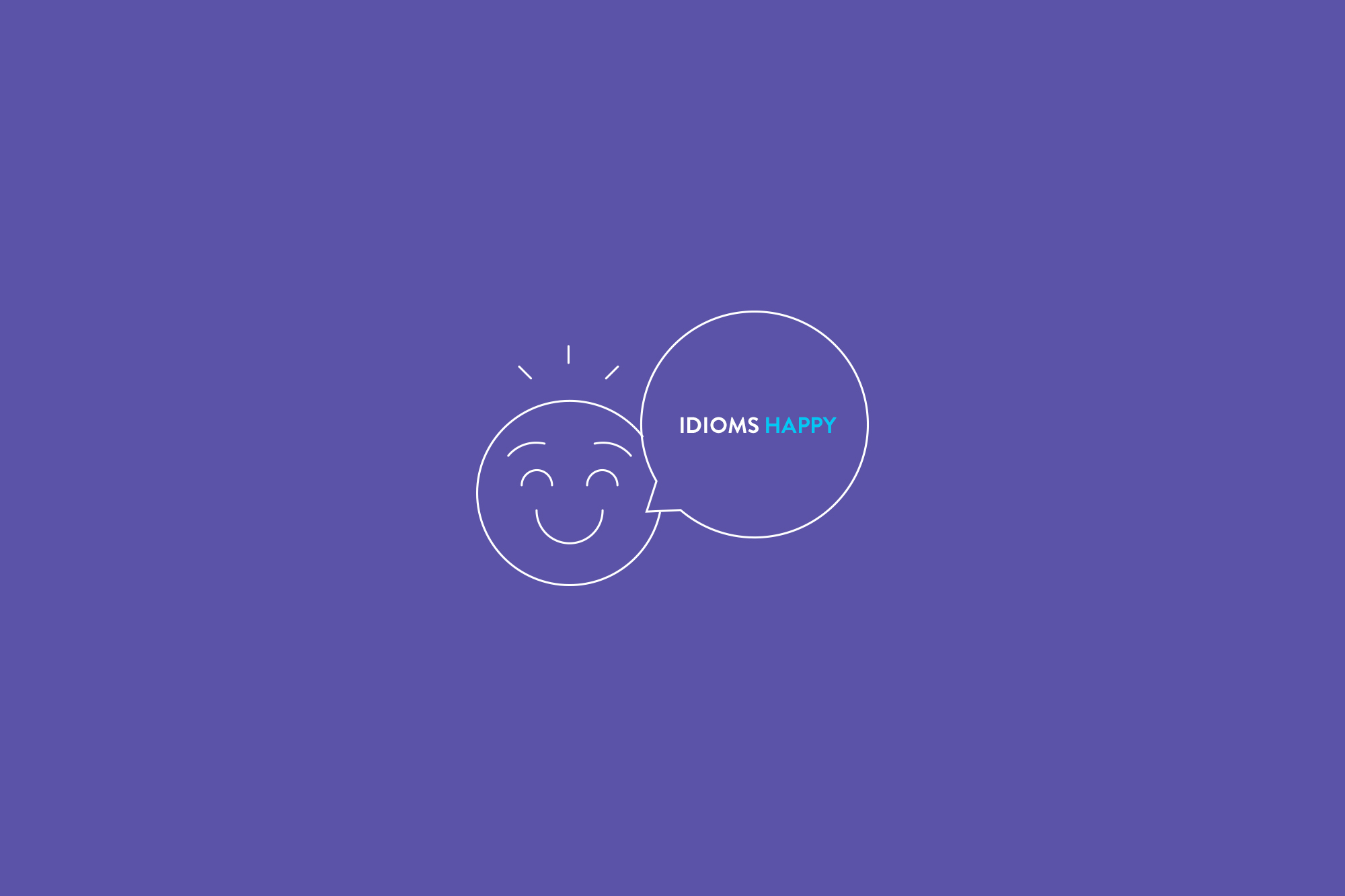Hey buddies! Estamos super felices, ya es viernes y llega el finde!
Hoy os traemos 4 expresiones que os ayudarán decir que estáis super feliz en inglés.
To be a happy camper
(=to be contented, satisfied with your live)
E.g. With his new job and his kids, Adam is a happy camper.
To be thrilled to bits
(=extremely happy and excited)
E.g. She was thrilled to bits about her new apartment.
Like a dog with two tails
(=very happy)
E.g. She won the first prize and she was like a dog with two tails
To be on cloud nine
(=extremely happy)
E.g. We were on cloud nine when our project was selected.
Esperamos que os resulten útiles!

Probablemente hayas usado las palabras actual y actually en inglés en muchas ocasiones pero ¿estás usando mal actual y actually? Estas palabras no se usan en inglés para decir actual y actualmente, como decimos en español. Descubre cómo usar actual y actually correctamente y cómo decir actualmente en inglés.
Lo primero es entender qué significan y cómo se usan actual y actually.
Actual
usamos actual en inglés para indicar que algo es real, verdadero (y no para referirnos a que algo es “actual” en español).
She says she’s 35 but her actual age is 43. – Ella dice que tiene 35 años pero su edad real es 43.
The actual price was lower than I thought. – El precio real era más bajo de lo que pensaba.
We don’t have the actual numbers yet. – No tenemos los números reales/exactos aún.
He is not the actual owner of the house. He just lives there. – Él no es el verdadero dueño de la casa. Él solo vive allí.
Actually
actually en inglés significa de hecho o en realidad en español. Es frecuente usar actually en inglés para corregir algún tipo de información además de para referirnos a algo que en realidad es cierto.
The show was actually quite good. – El espectáculo fue en realidad bastante bueno.
Actually we don’t live there anymore. – De hecho, ya no vivimos allí.
I thought she was Portuguese but actually she’s Brazilian. – Pensé que era portuguesa pero en realidad es brasileña.
Although his marks are terrible, he’s actually very smart. – Aunque sus notas son malas, en realidad él es muy inteligente.
Por tanto, actual y actually no son lo mismo que cuando decimos en español actual y actualmente.
Actually they are “false friends”– De hecho son “falsos amigos”. Mira también estos otros false friends.
A veces también usamos actually simplemente como “conector” o linking word/discourse marker cuando hablamos. Observa
Actually that’s a very good question. – De hecho, esa es una buena pregunta.
Well, actually, I’m not sure it will work. – Bueno, de hecho, no estoy seguro de que vaya a funcionar.
Otra veces no está tan clara la diferencia entre actually y currently porque podemos decir por ejemplo
Currently he’s working as a teacher. – Actualmente él trabaja como profesor.
He’s actually an architect. – Él es en realidad arquitecto.
Actually he’s an architect but he’s currently working as a teacher. – De hecho él es arquitecto pero actualmente trabaja como profesor.
Y todos estos ejemplo son correctos. Ahora ya hemos visto cómo usar actual y actually. Entonces ¿cómo decimos actualmente en inglés? Pues una de las opciones, como ya hemos visto, es currently.
Currently
usamos currently en inglés cuando queremos decir actualmente en español
We are currently working on a new product. – Actualmente estamos trabajando en un nuevo producto.
Their team is currently on the first position. – Su equipo está actualmente en la primera posición.
I am currently writing my second novel. – Actualmente estoy escribiendo mi segunda novela.
She is currently living in Vancouver. – Actualmente ella está viviendo en Vancouver.
Otras opciones alternativas a currently pueden ser: present, at the moment, nowadays, now como en estos ejemplos
We can’t do anything at the moment. – No podemos hacer nada en este momento.
At the present time he is working in London. – En la actualidad él está trabajando en Londres.
Nowadays we live in a highly technological world. – Actualmente vivimos en un mundo muy tecnológico.
She is not here now/at the moment, do you want to leave a message? – Ella no se encuentra aquí ahora/en estos momentos, ¿quiere dejar un mensaje?
Current
de la misma manera usamos current para referirnos a actual, en el momento presente.
The current situation is not very promising. – La situación actual/presente no es muy prometedora.
Who is the current director? – ¿Quién es el director actual?
The current owner wants to sell the house. – El dueño actual quiere vender la casa.
I haven’t read the current issue of the magazine yet. – No he leído el número actual (o el último) de la revista aún.
Seguro que después de ver todos estos ejemplo con actual y actually ya te ha quedado más claro. ¿Estabas usando actual y actually correctamente?
Actually, I am currently using them right! – En realidad, los estoy usando bien actualmente!


